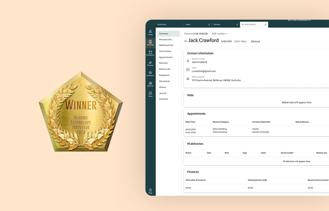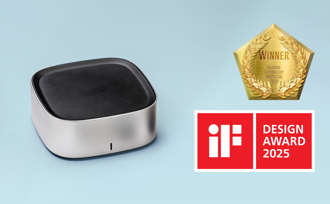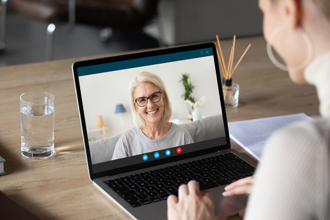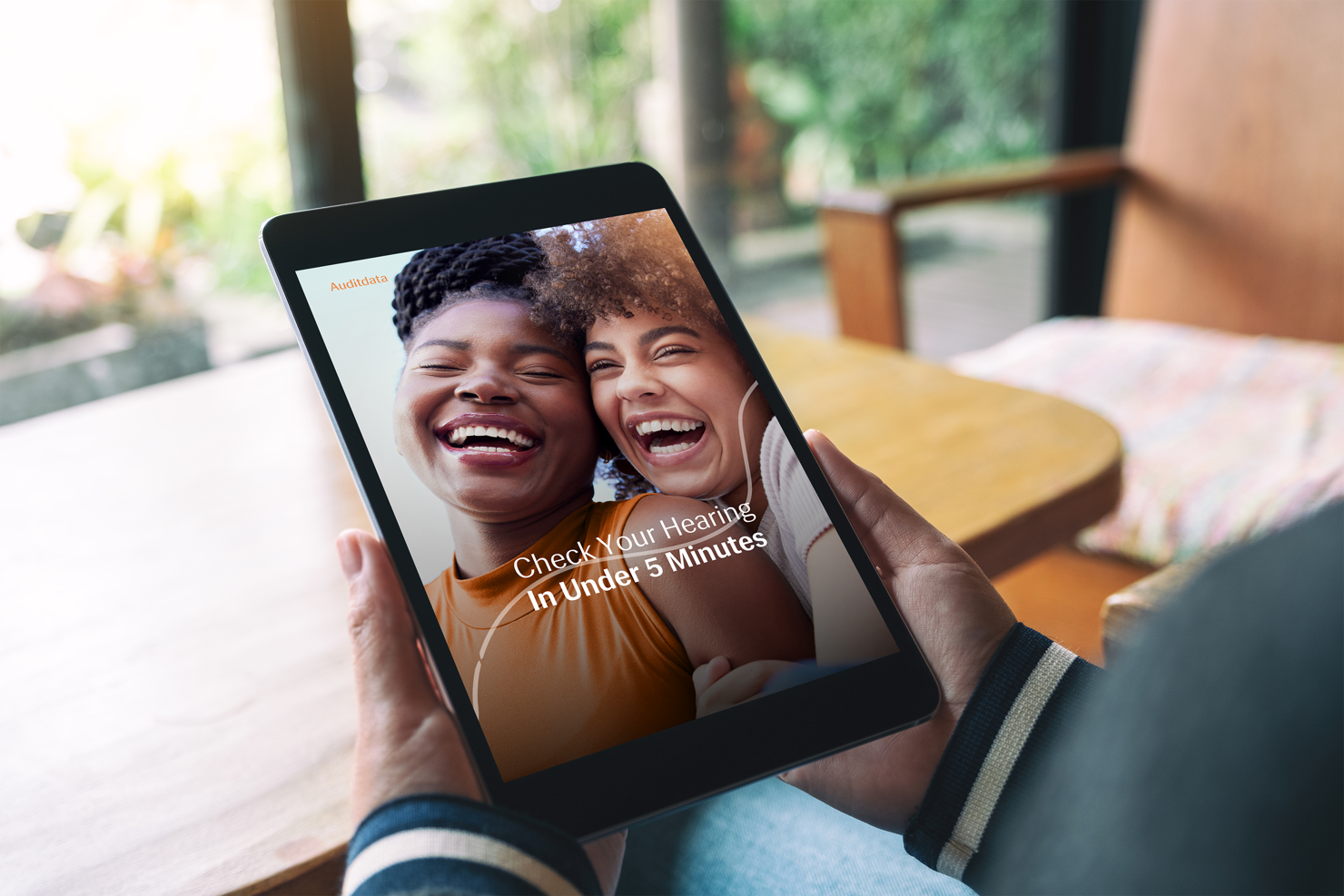
More than 1.5 billion people in the world have hearing loss, a number that’s expected to increase to 2.5 billion people by 2050. Hearing loss is the third most common chronic condition, yet for many, it is wildly left untreated due to stigmas and simply living in denial. In fact, only one-third of people with hearing loss wear hearing aids, which means there’s a huge, untapped market of potential customers for hearing clinics.
While there are a tremendous number of people with untreated hearing loss, it remains challenging for audiology professionals to convince these people to visit clinics for hearing exams and hearing aids. Frustratingly, there’s still stigma and negative associations with hearing aids (e.g., they will be expensive, they will make me look old), which don’t exist for vision aids, like glasses and contacts.
What Is a Tablet-Based Hearing Screener?

A tablet-based hearing screener is a portable, user-friendly tool, that allows individuals to self-administer a basic hearing test. The screening usually takes just a few minutes and helps identify whether someone may have hearing loss and should seek a more comprehensive evaluation with a clinician.
These screeners are often used as the first step in a person’s hearing health journey. They can be used in clinics, at events, or in community outreach programs thanks to their portability and ease of use. Some screeners, like Auditdata Engage, can integrate with a practice management software to support follow-ups and improve the patient experience.
Tablet-based hearing screeners are also useful for raising awareness among all demographics. While age is the strongest predictor of hearing loss – and most people experience this issue after age 60 – younger people are, increasingly, experiencing this condition. For instance, recent studies show that a billion young people may have hearing loss from listening to loud music. Integrating the technology of a tablet screener – and making these screenings quick and convenient – are good ways to target younger demographics and test their hearing. It can also be helpful to show younger prospects the “proof” of their hearing loss through the Engage hearing screeners, which provide accurate, objective information about each user’s ability to hear clearly and correctly. Engage is a highly effective tool to drive new customers – of all ages – to your clinic.
How It Works
To take the test, users first enter their contact information directly into the tablet. They then complete a quick, self-guided screening using calibrated headphones. Once finished, the results are displayed immediately, providing an objective indication of hearing ability. At the same time, the data is securely stored and shared with the clinic, enabling your staff to follow up with potential patients and encourage them to book a full evaluation.
What Are the Benefits of Using a Tablet-Based Hearing Screener?
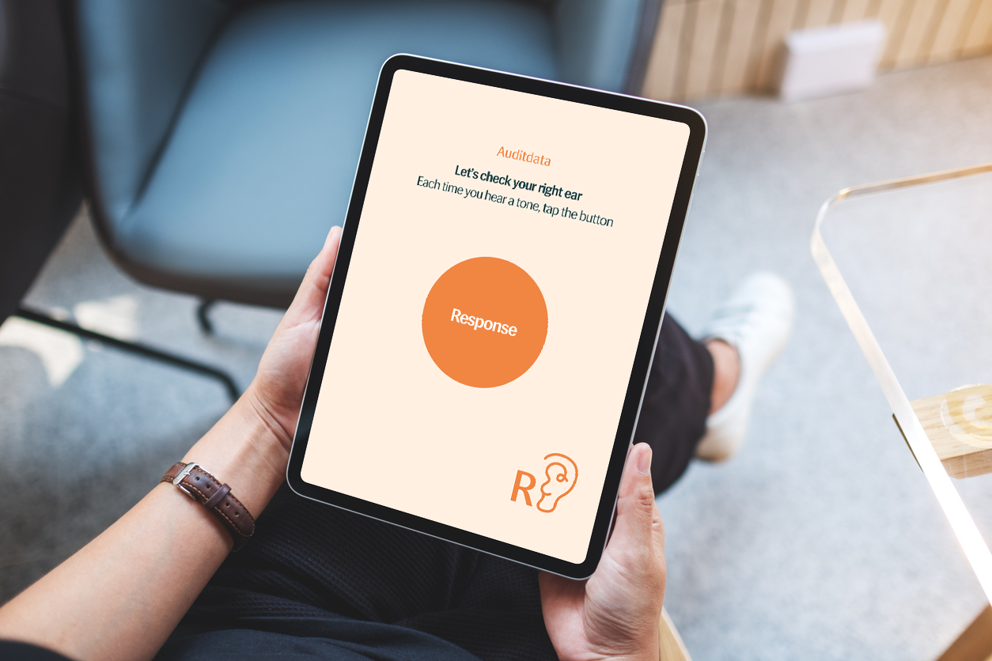
Lead Generation
Hearing loss is often underdiagnosed, partly because many individuals are reluctant to acknowledge it or take the first step toward treatment. As a result, attracting new leads to a hearing clinic can be challenging. Tablet-based hearing screeners offer an effective way to lower this barrier.
By placing a screener in your clinic’s waiting area, you provide an opportunity for accompanying family members or friends to take a quick, self-administered test—no appointment needed. This casual, low-pressure environment can help people who might otherwise hesitate to explore their hearing health.
The potential goes beyond the clinic itself. Hearing screeners can be placed in high-traffic, everyday locations like pharmacies, optical shops, or community centers. These accessible, convenient placements encourage more people to engage with their hearing health—especially when the screening is free, quick, and easy to use.
Using screeners as an initial touchpoint in the community is a great way to meet potential customers, provide them with a quick, convenient hearing screening, and encourage anyone with hearing loss to visit your clinic for a more complete exam and discussion of their options.
Pre-Qualify Leads
Many hearing clinics rely on traditional marketing efforts to attract prospects. These efforts may attract droves of potential customers, but if the people coming into your clinics don’t actually have hearing loss, then you’re wasting precious time, money, and resources testing them.
A smarter, more effective approach is to use a tablet-based hearing screener to pre-qualify prospects. That way, you can ensure that only people with hearing loss come in for appointments with your busy clinicians.
Therefore, pre-qualify all prospects for hearing loss before booking an appointment with your clinicians. That way, your providers spend their valuable time seeing patients with actual hearing loss and selling them hearing aids and other solutions.
Turn Screenings into Sales, at Scale
One of the key benefits of tablet-based hearing screeners is that they generate pre-qualified leads who are more likely to convert into hearing aid buyers. When someone has already completed a screening and has seen clear results indicating hearing loss, they’re further along in their decision-making journey and often come to your clinic ready to take the next step.
For multi-location hearing care providers, this offers even greater value. Screeners can help standardize early-stage care across all locations by using consistent protocols and messaging. You can also bring screenings into the community, at local health fairs, pharmacies, or senior centers, and seamlessly sync results and follow-up appointments into your scheduling system.
Plus, by capturing leads from different areas, you can distribute appointments more efficiently. This helps balance workloads and route qualified leads to underutilized clinics, improving both operational efficiency and patient experience.
Free Guide
A Beginner's Guide to Gain and Pre-qualify Leads with Tablet Hearing Screeners
This guide outlines the most efficient way of using hearing screeners to gain and pre-qualify clients, help forecast next month’s appointments, and expand your outreach to clients.
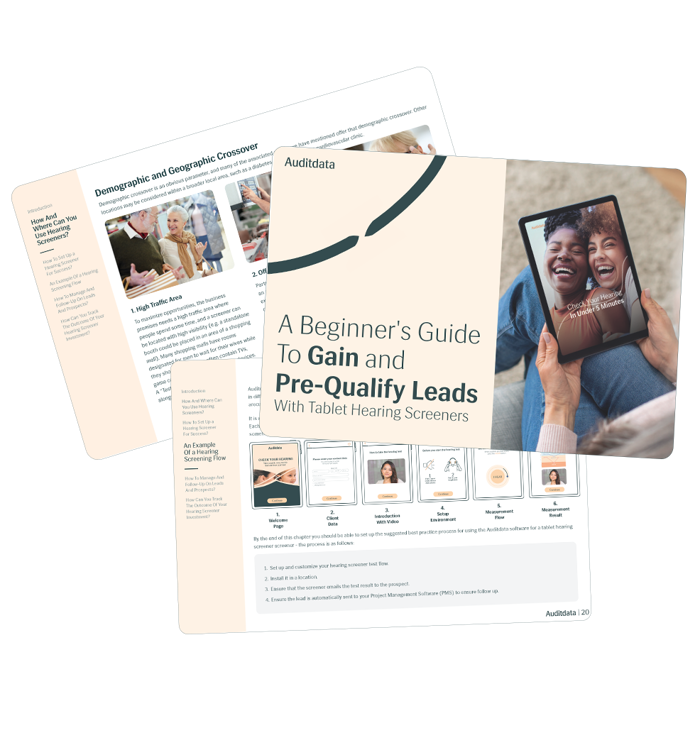
Other Blogs You Might Enjoy:

Comprehensive Hearing Test vs. Hearing Screening
Explore the role of a comprehensive hearing test as compared to a quick screening. How accurate are hearing tests, and what kind of results can we expect?

Improving Satisfaction Rates for Hearing Aid Users
Learn how to guide your customer hearing aid experience through the initial follow up period and beyond to ensure that customers remain satisfied.

4 Crucial Conversion Rates To Improve in Hearing Care
In private hearing care, there is often a discussion about how to increase conversion rates, or help rates as some prefer to call it. Many audiologists are measured on clinic performance, conversion rates, and sales, and are rewarded according to these KPIs.
Don't Miss Out On the Latest Insights On Audiology
Sign up today to receive exciting updates, tips, and the latest newsletters from Auditdata.
